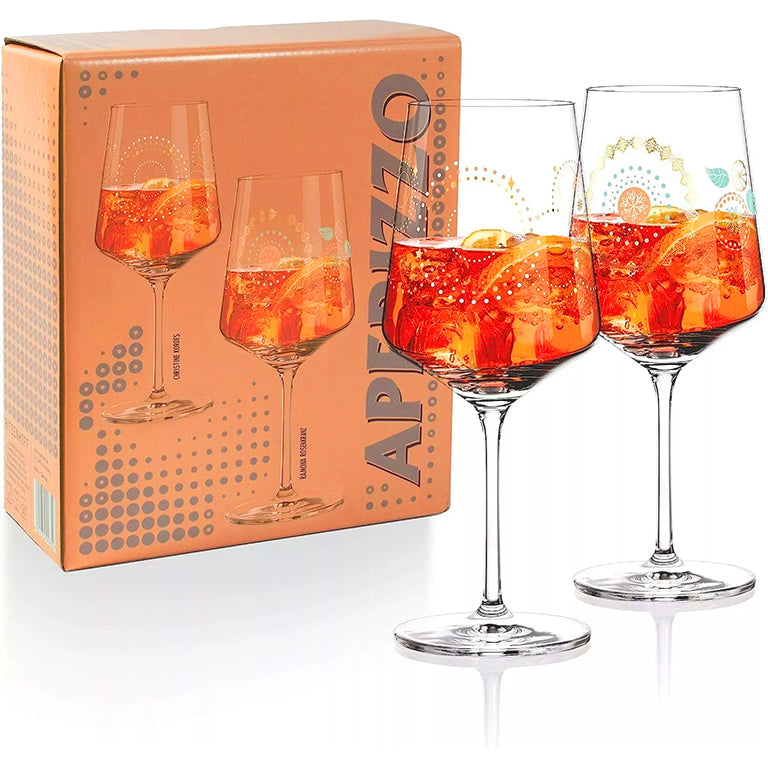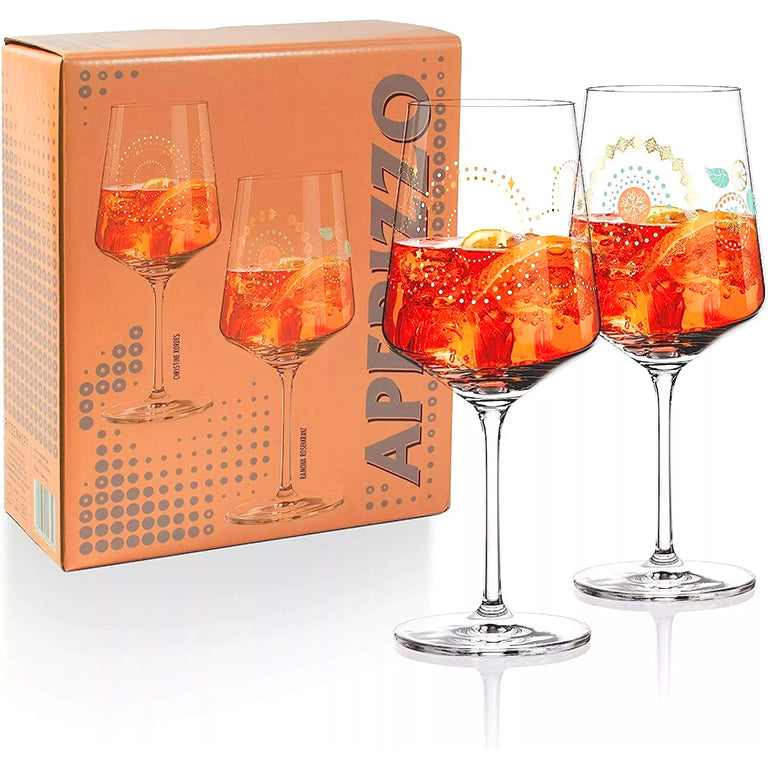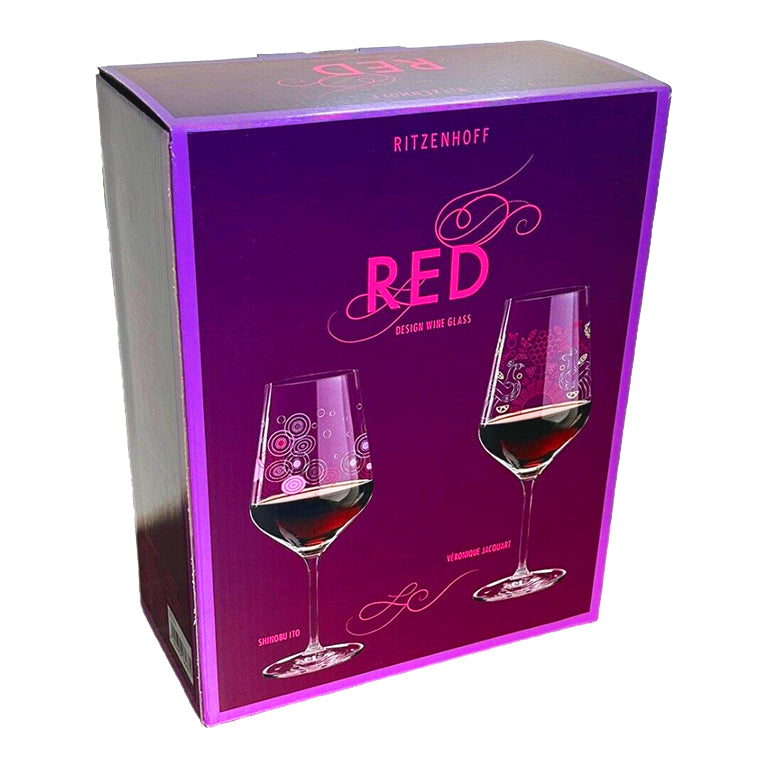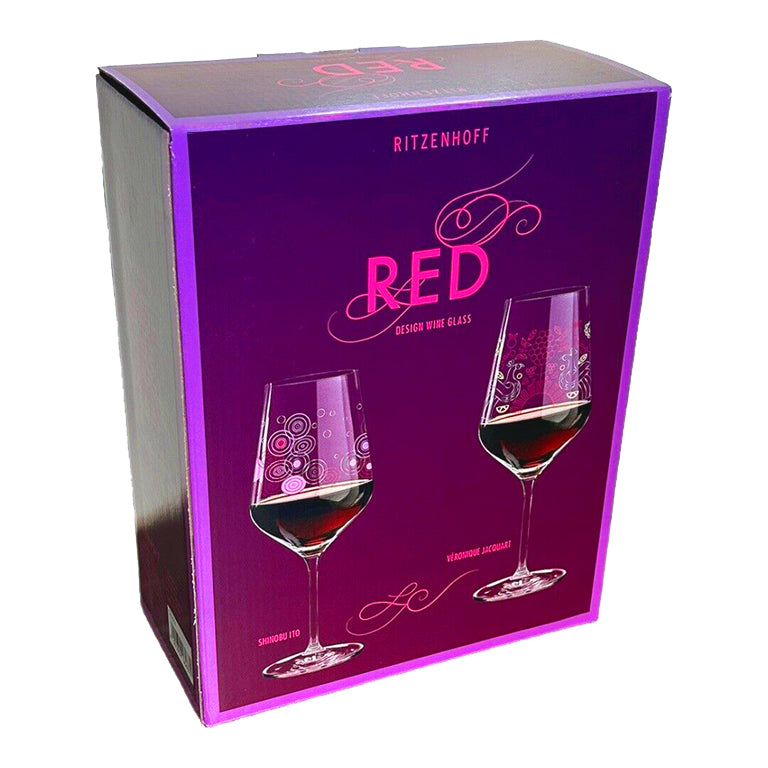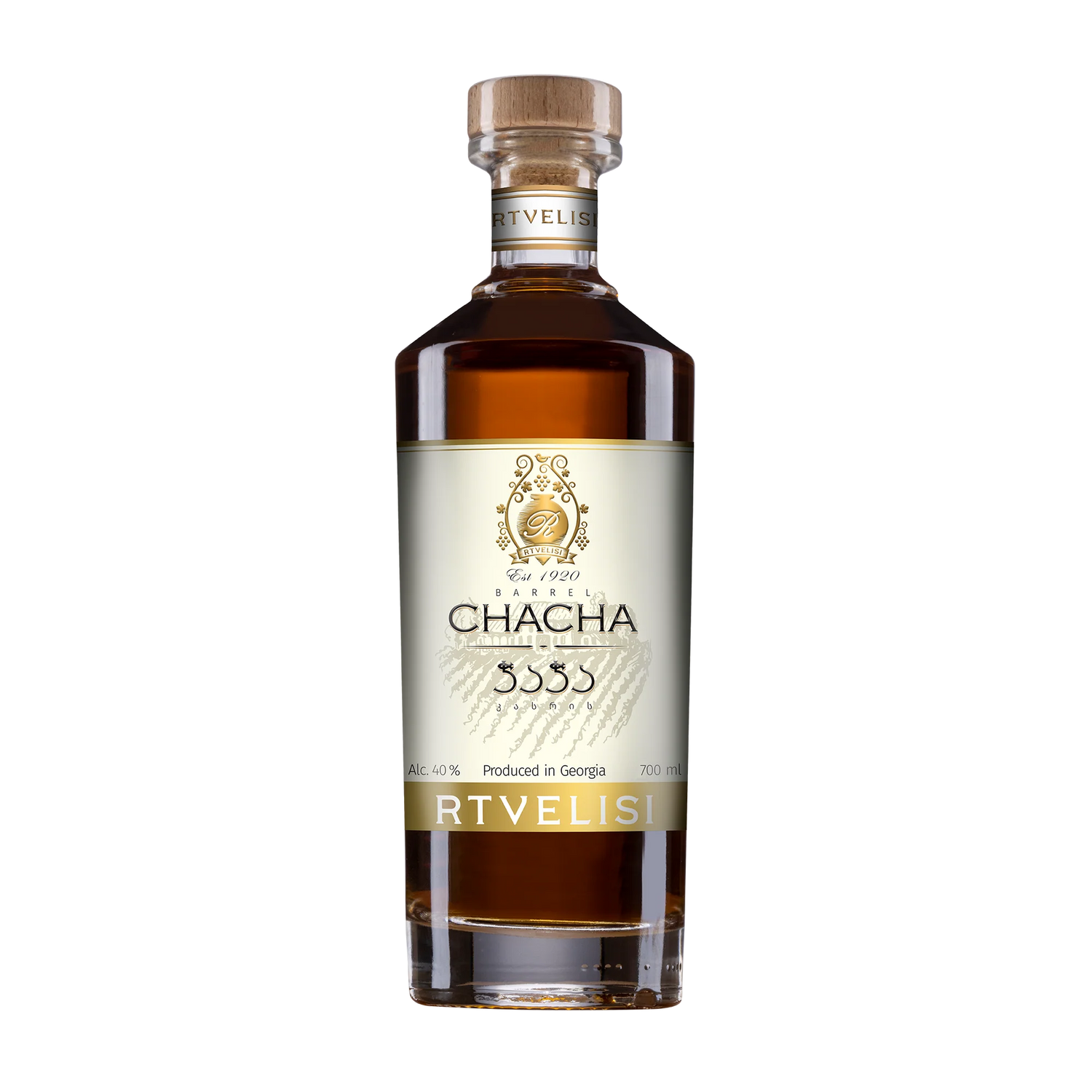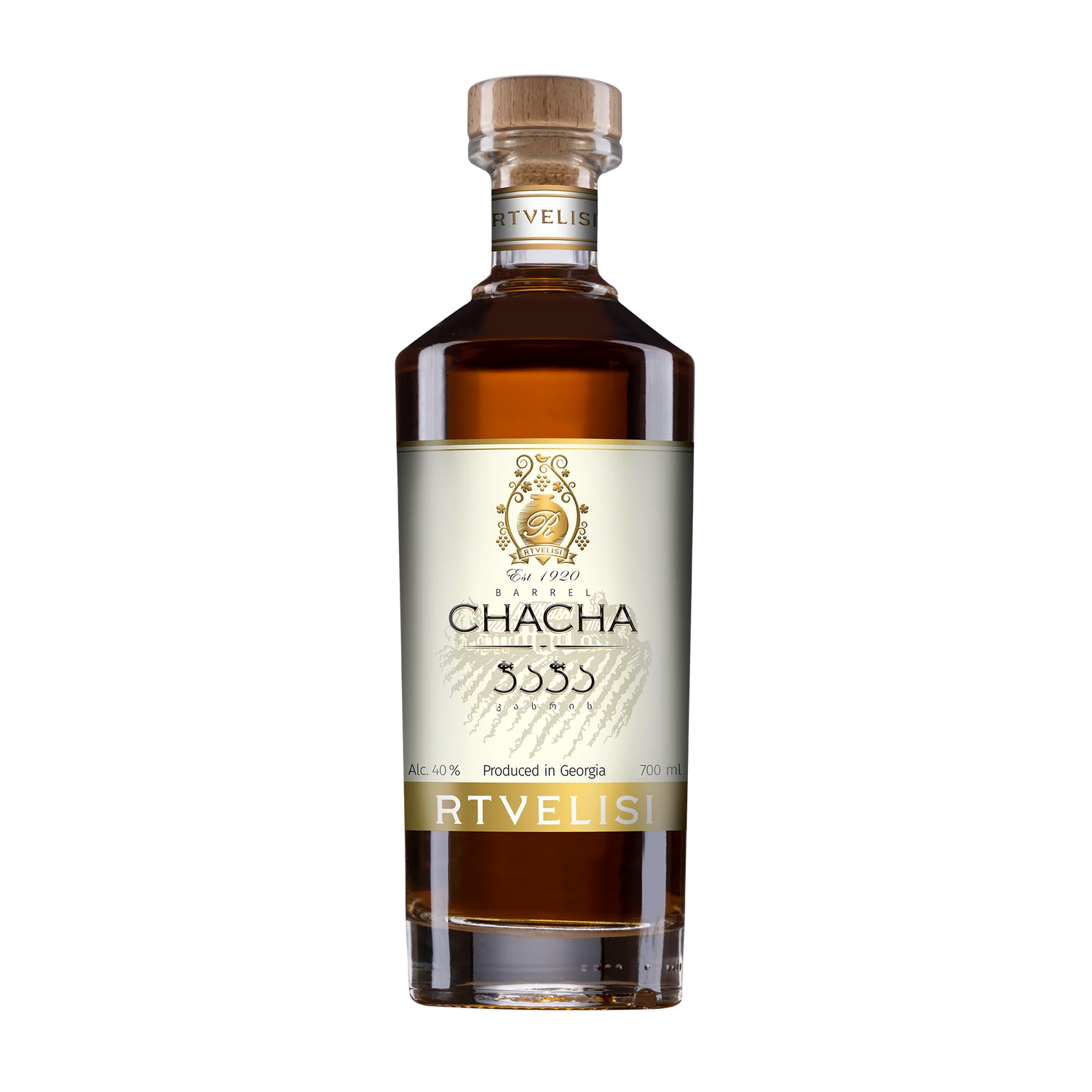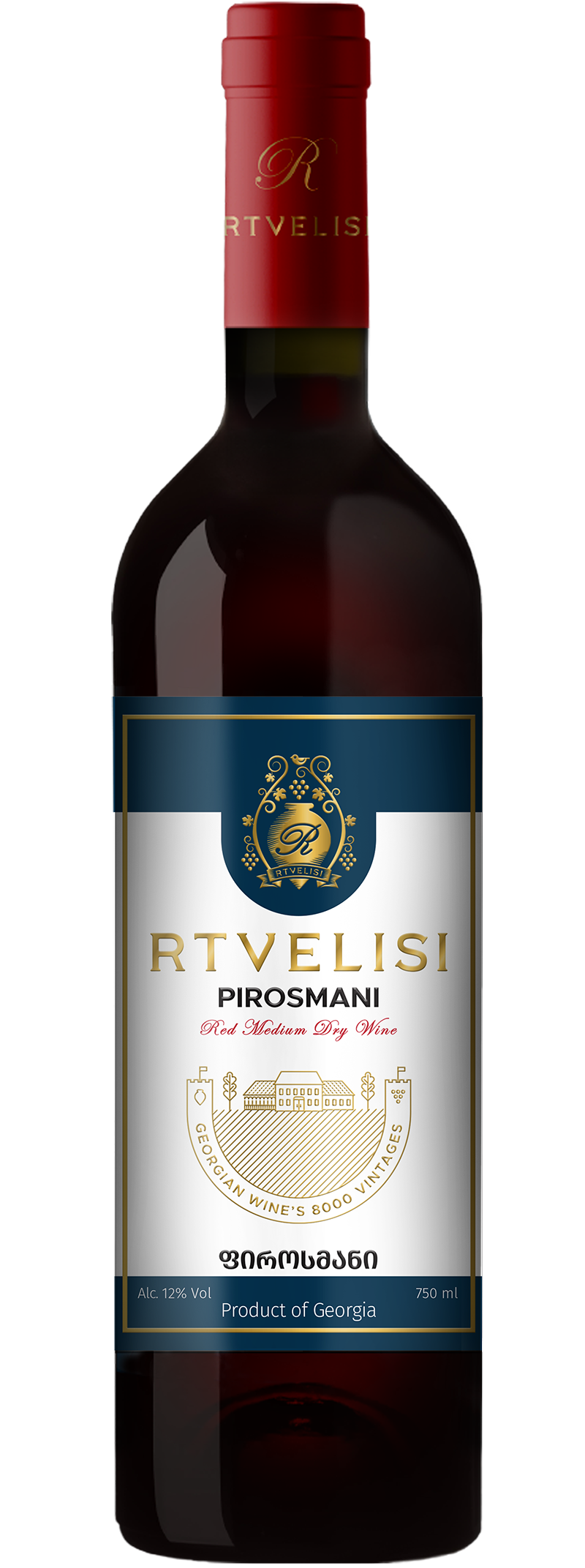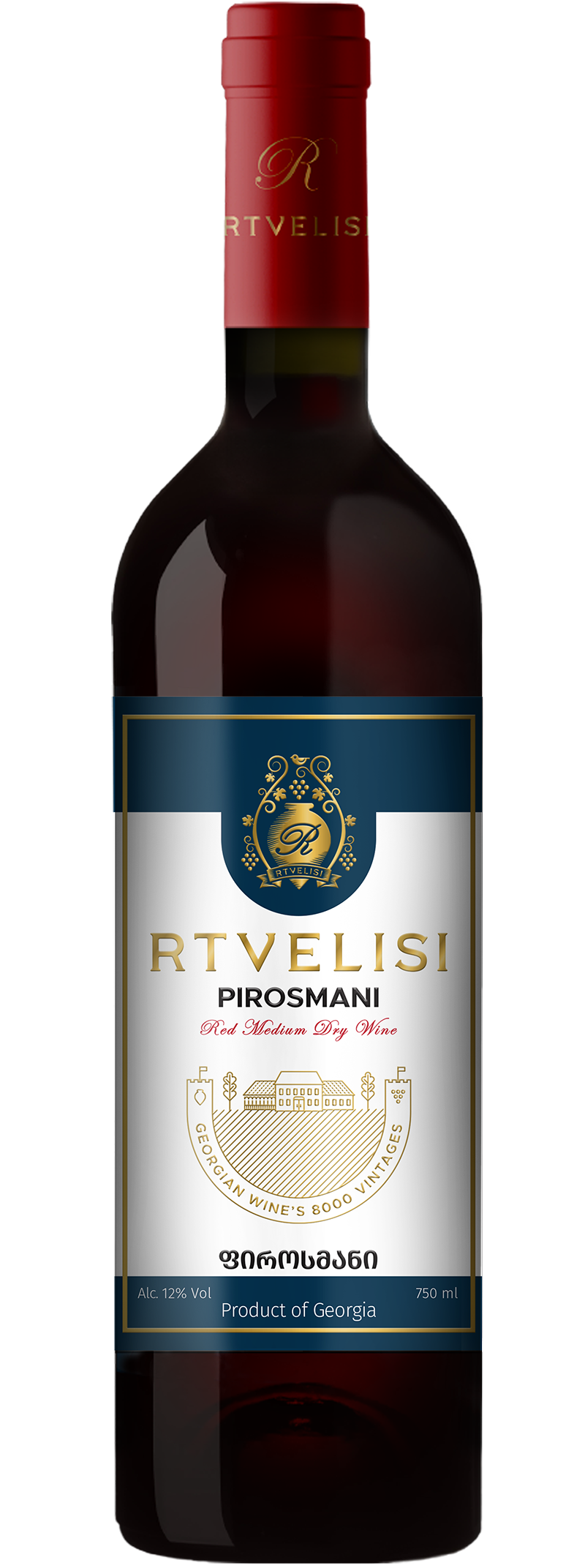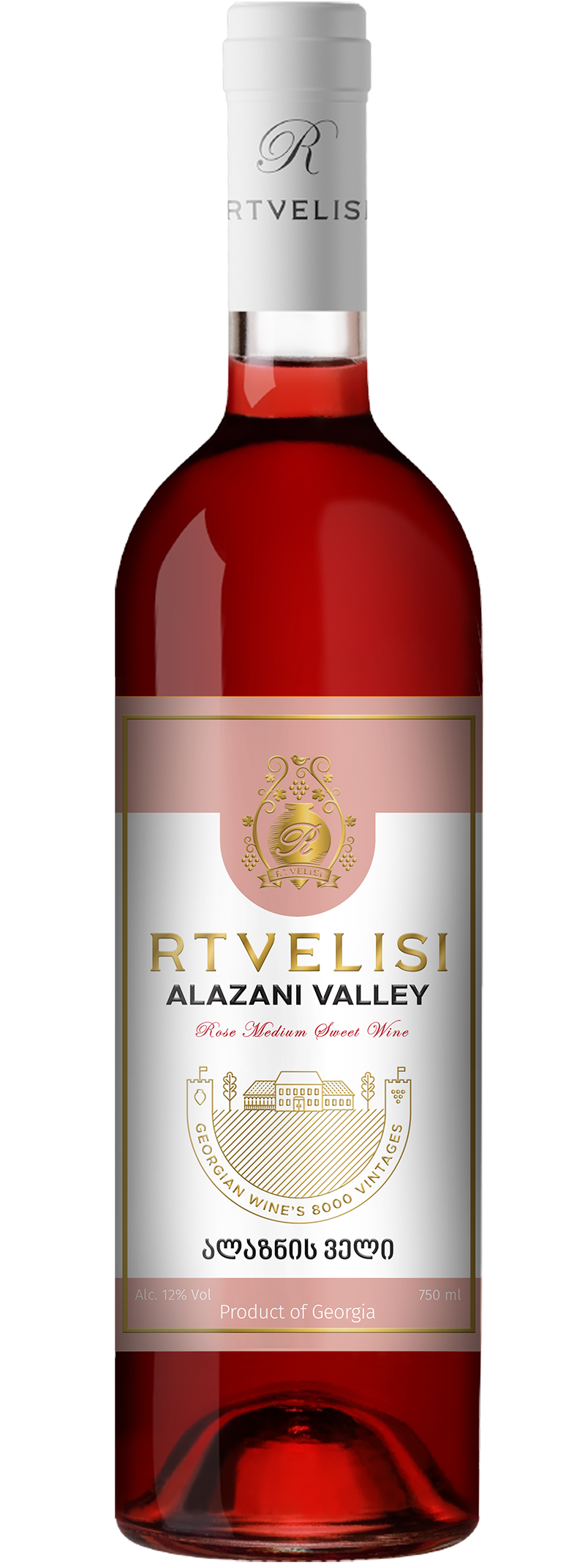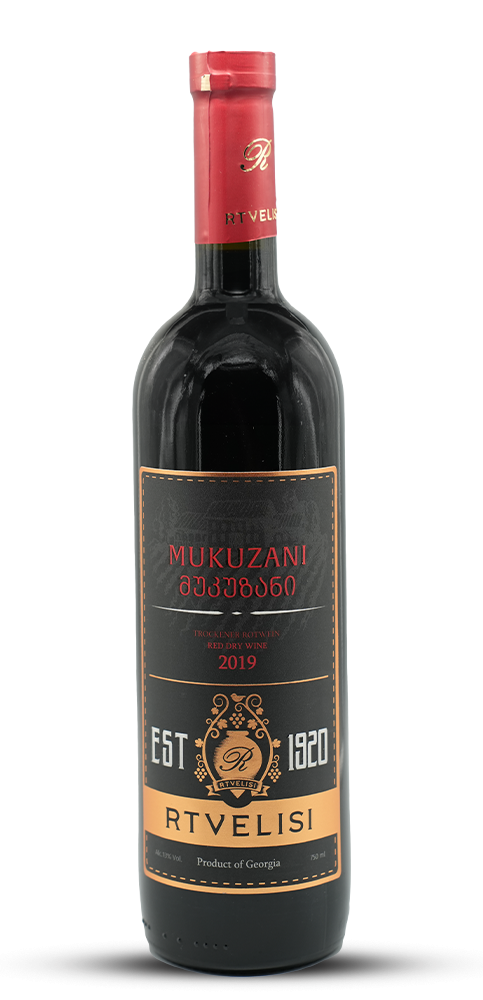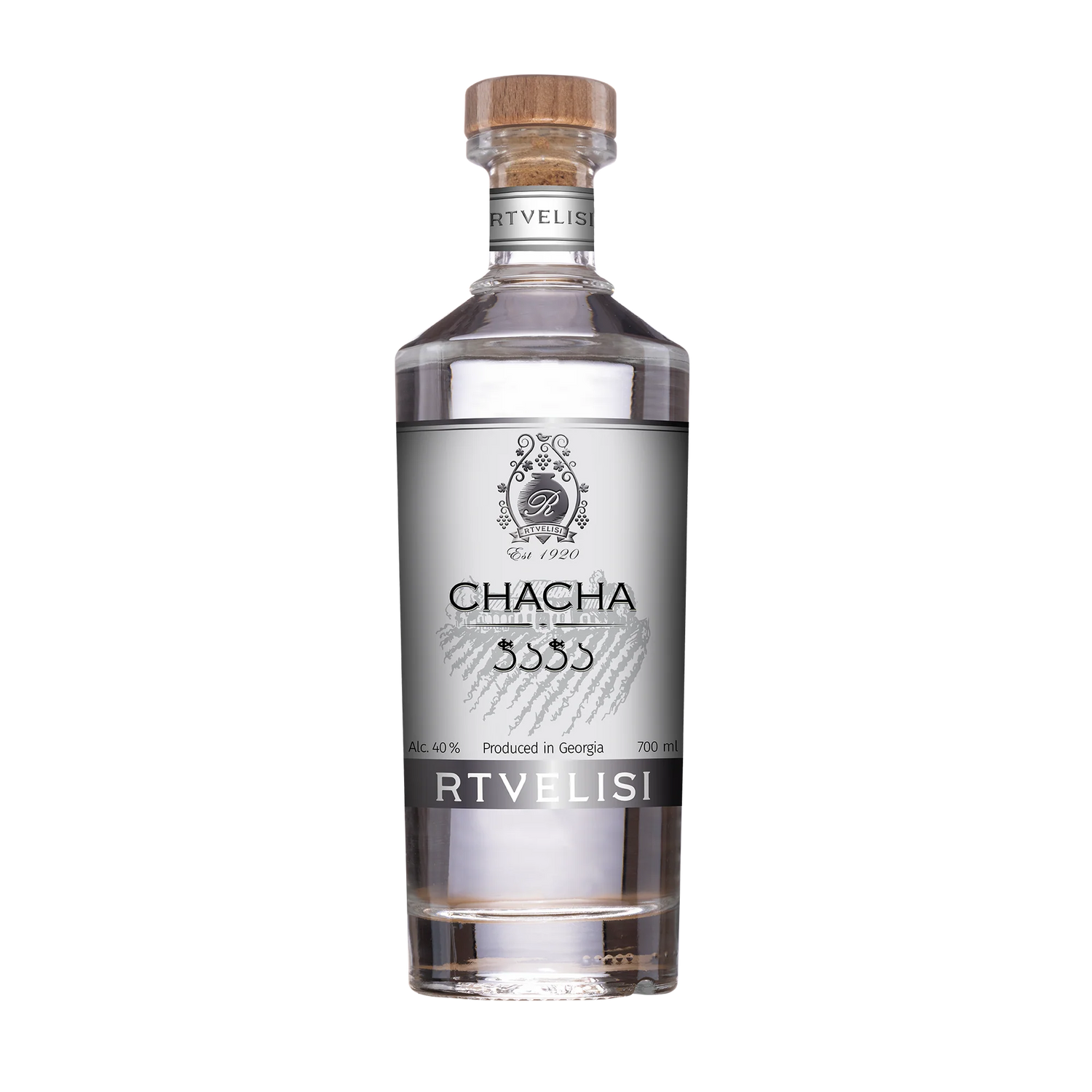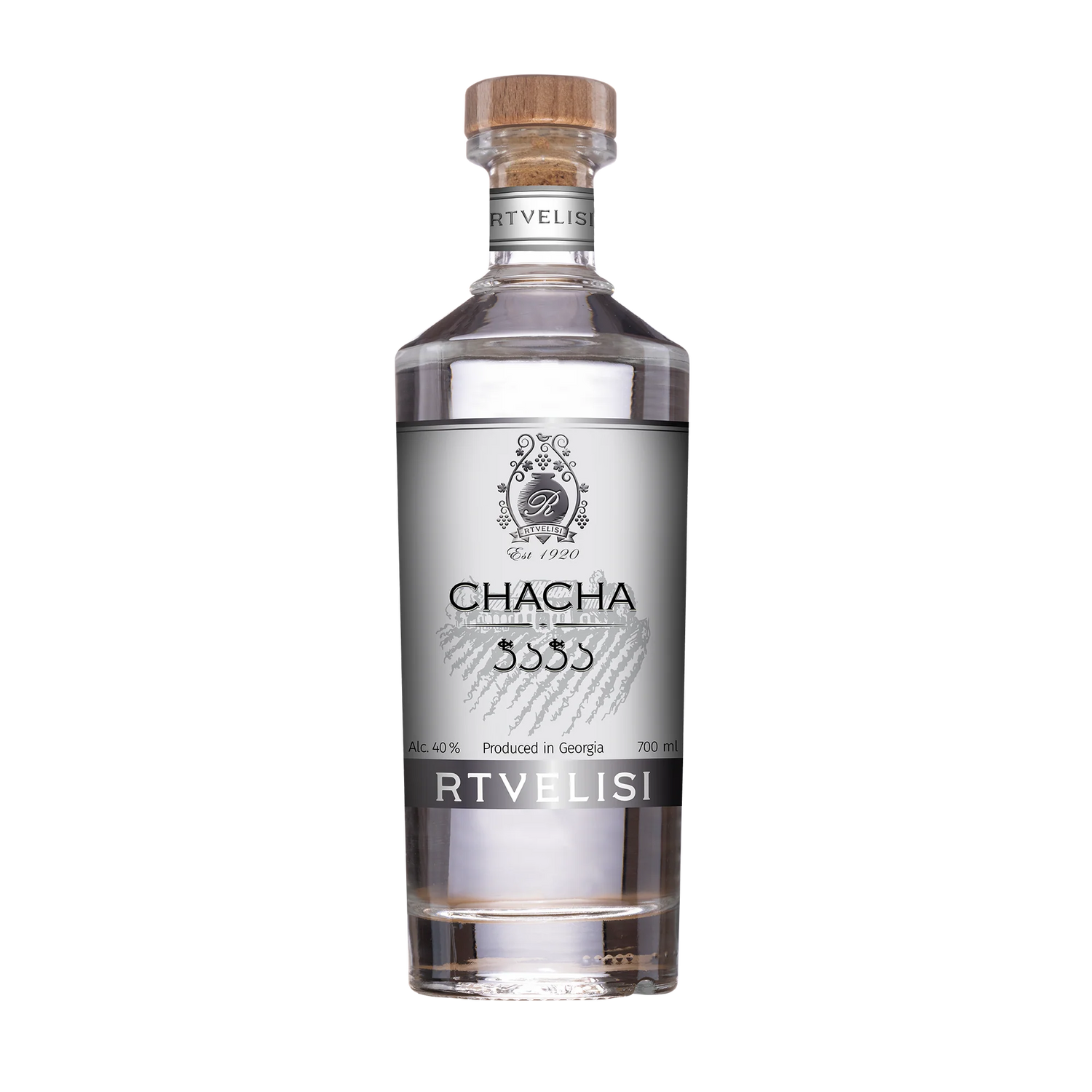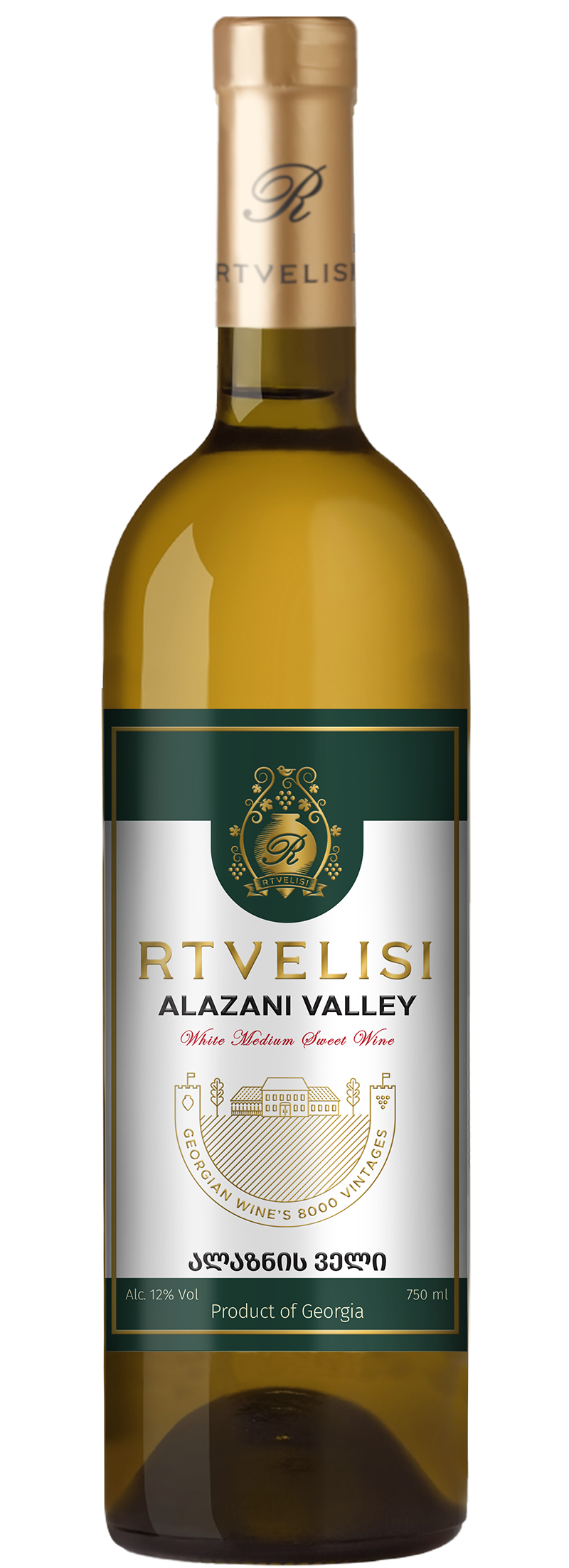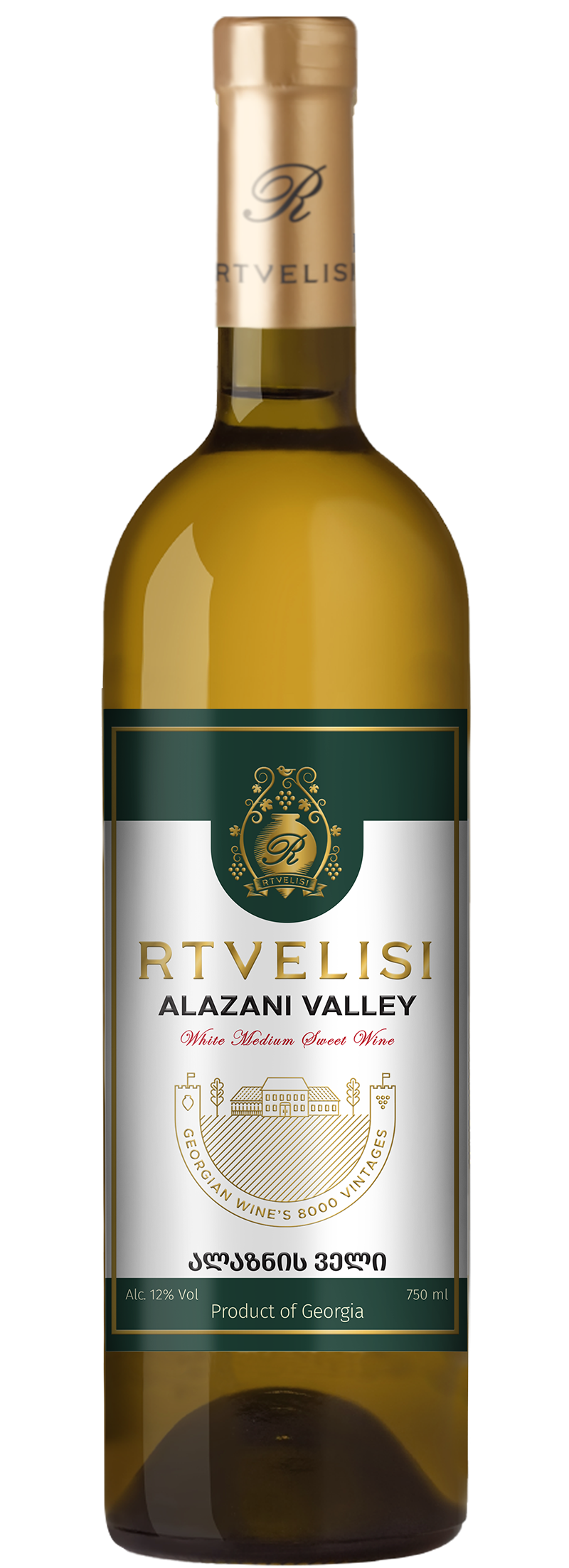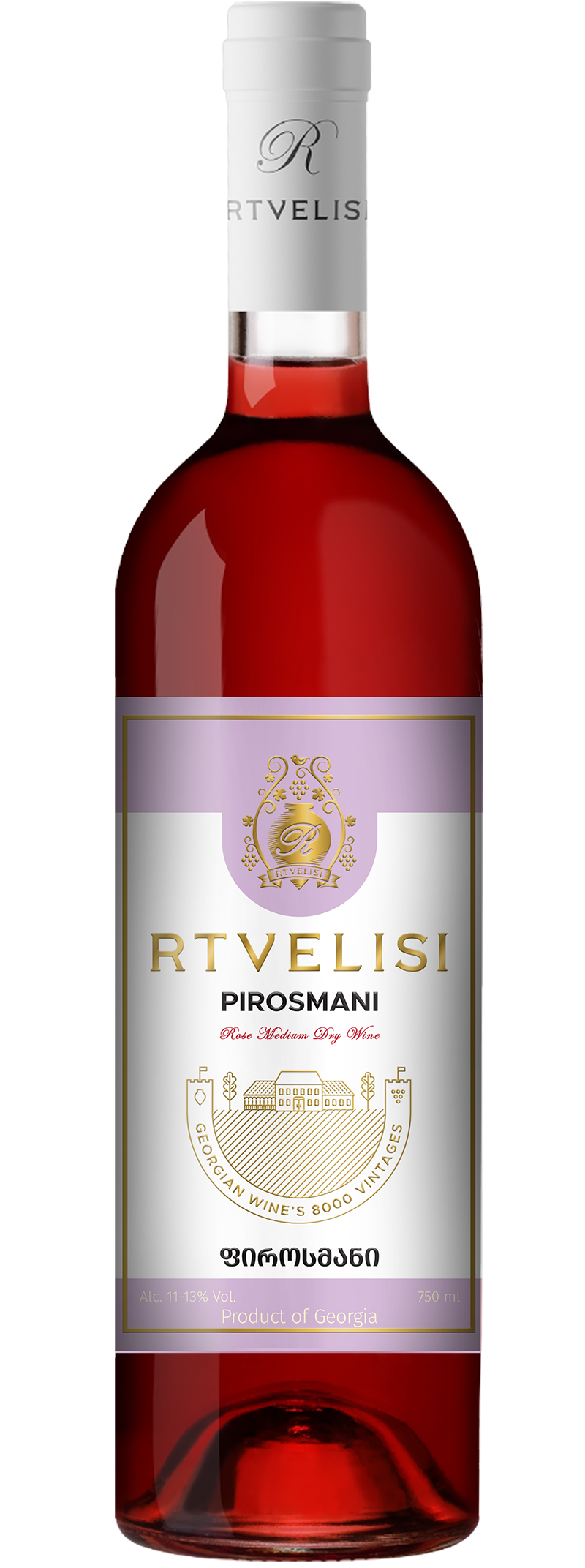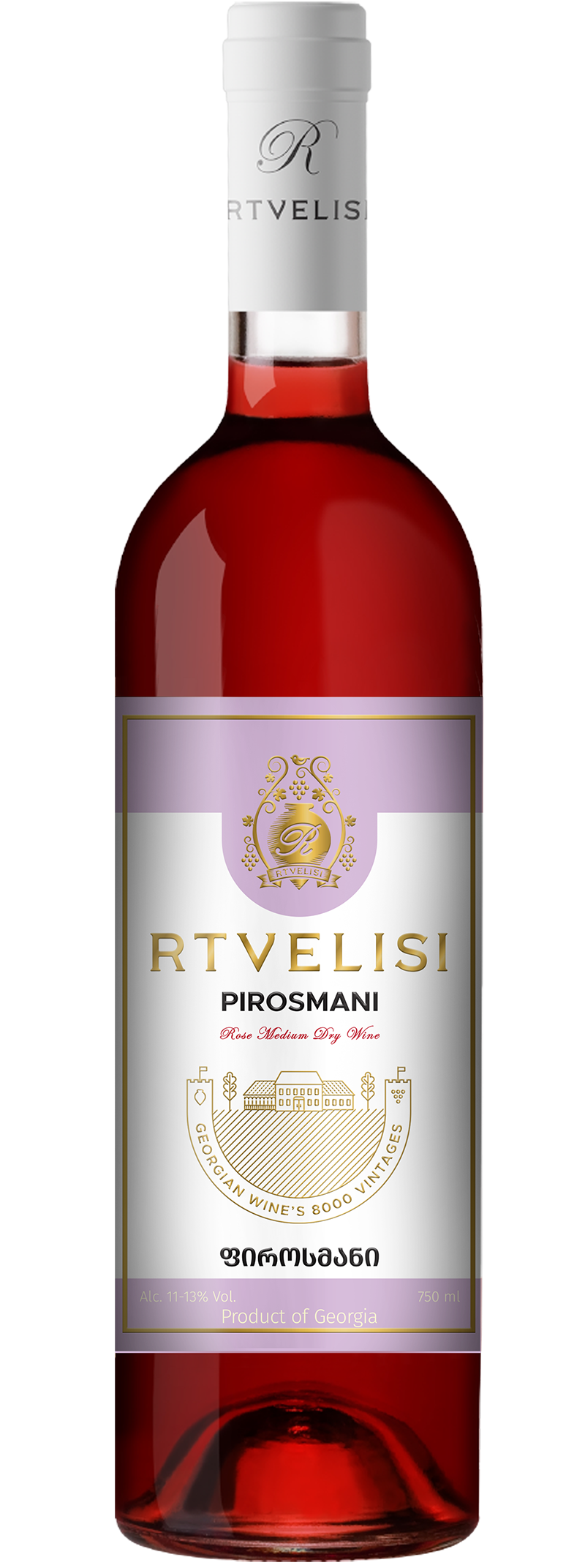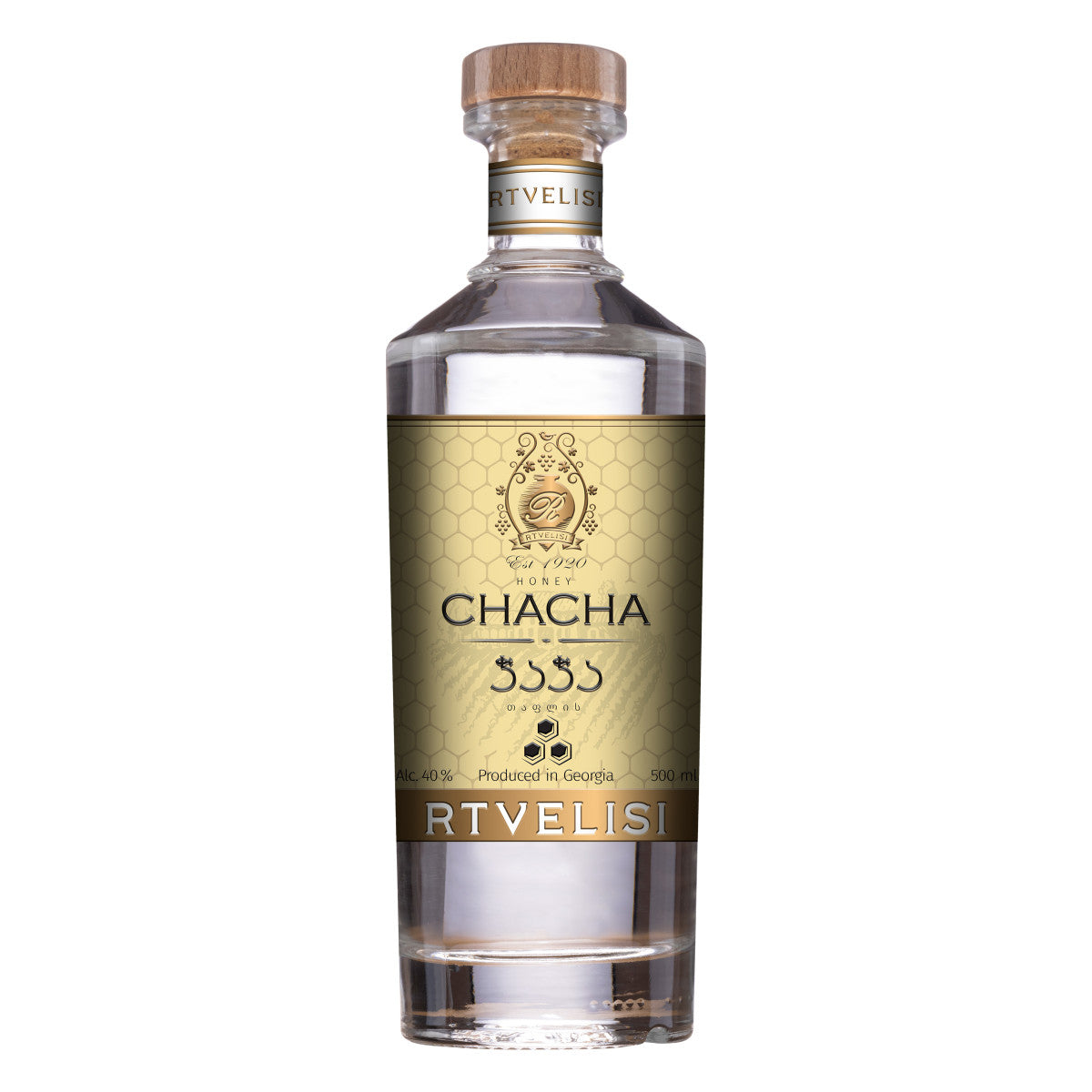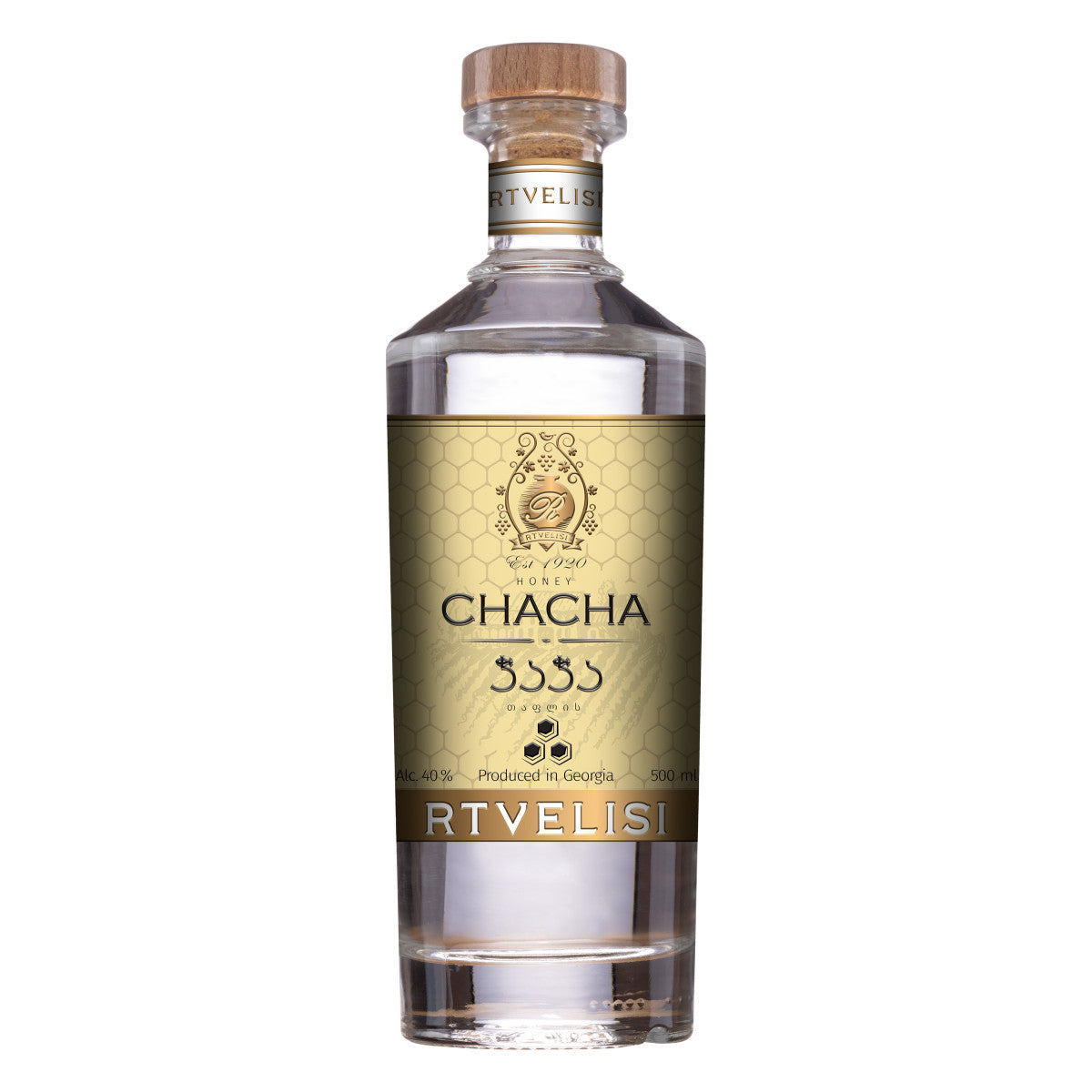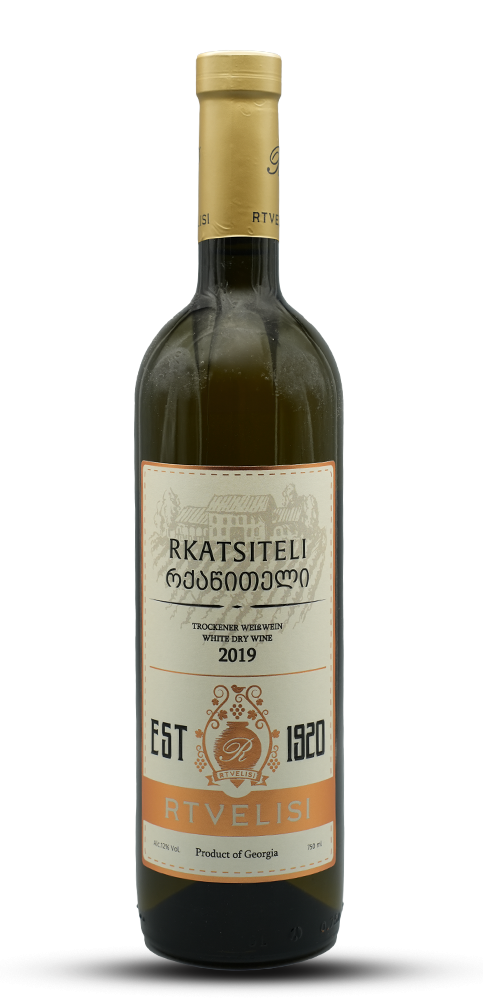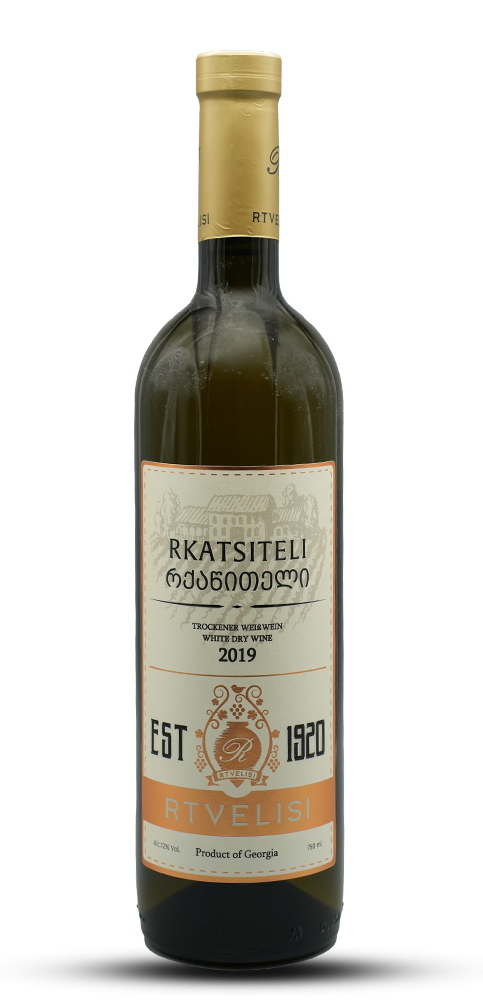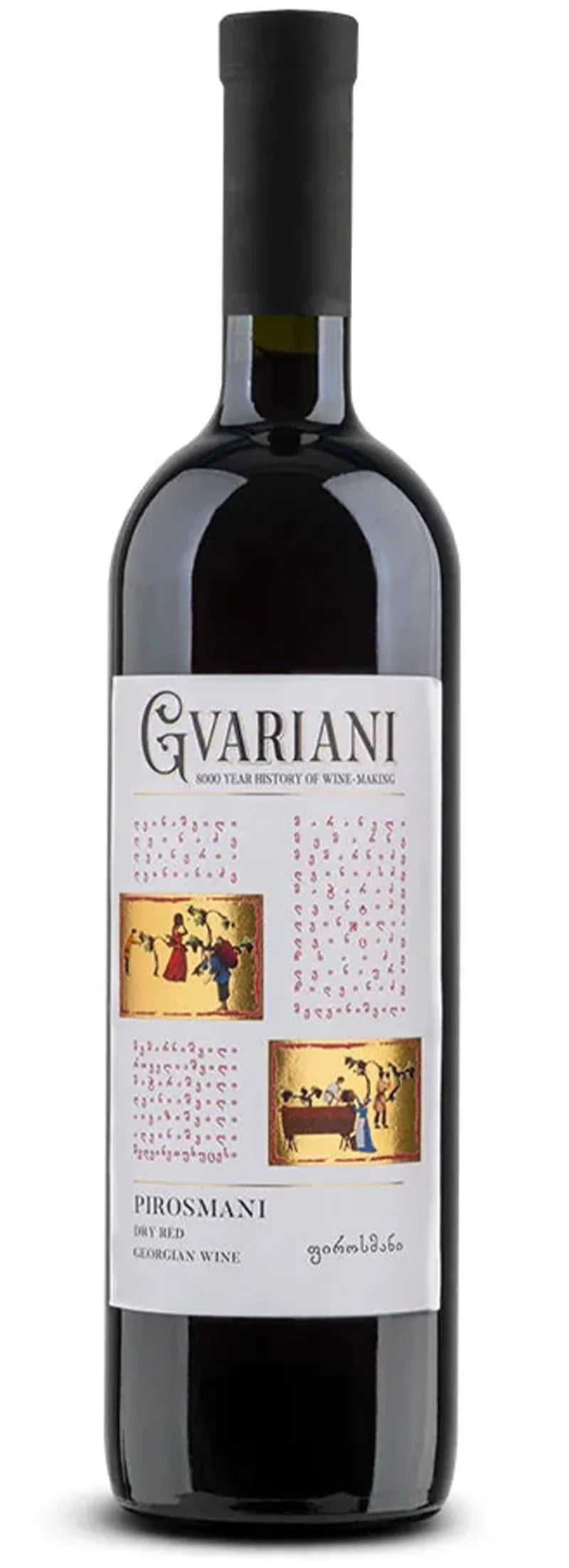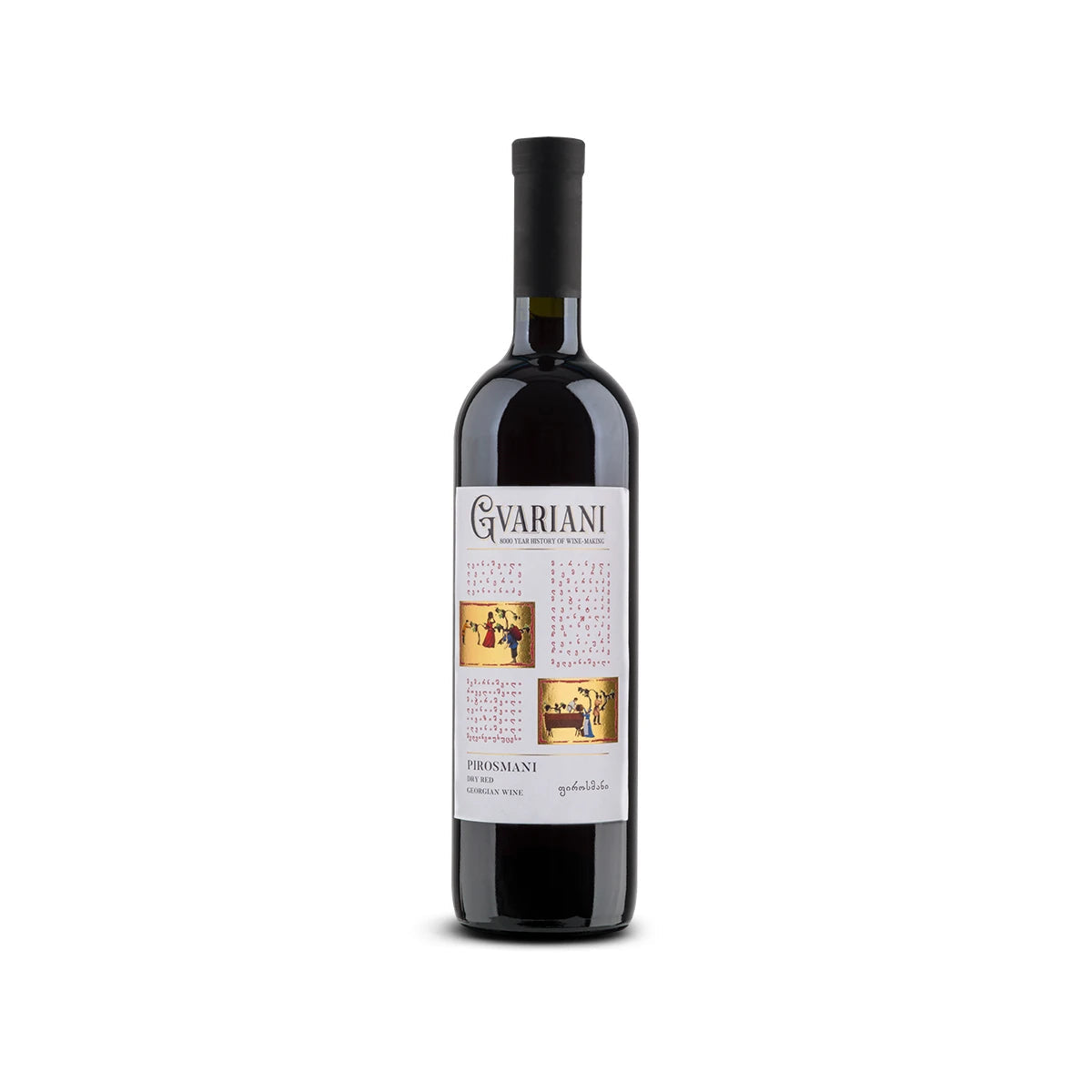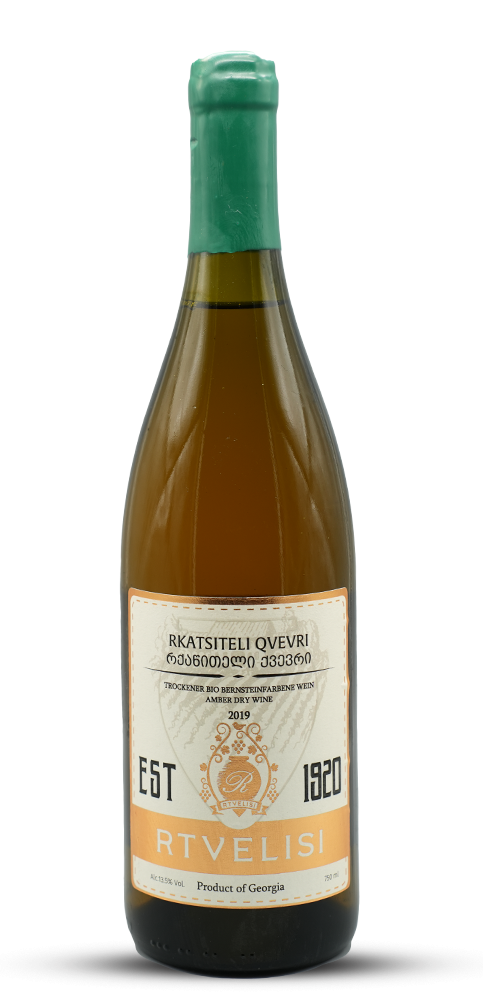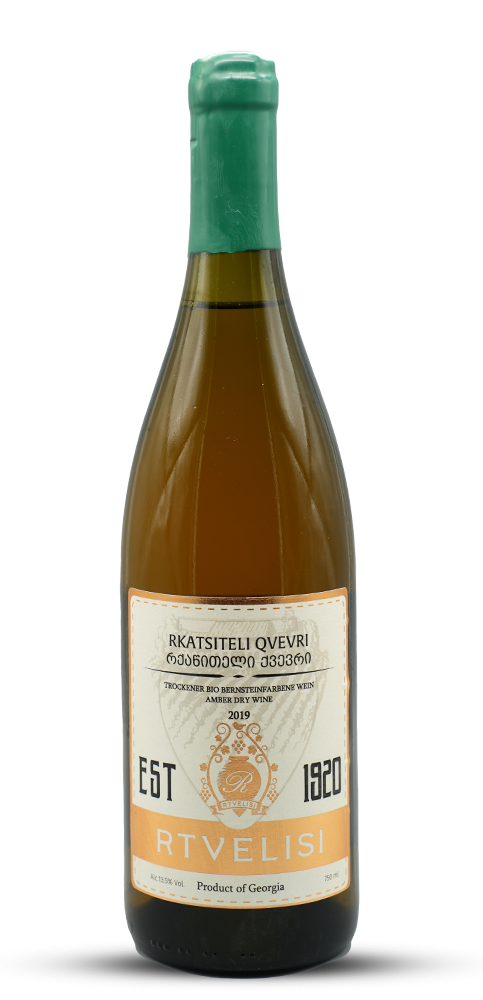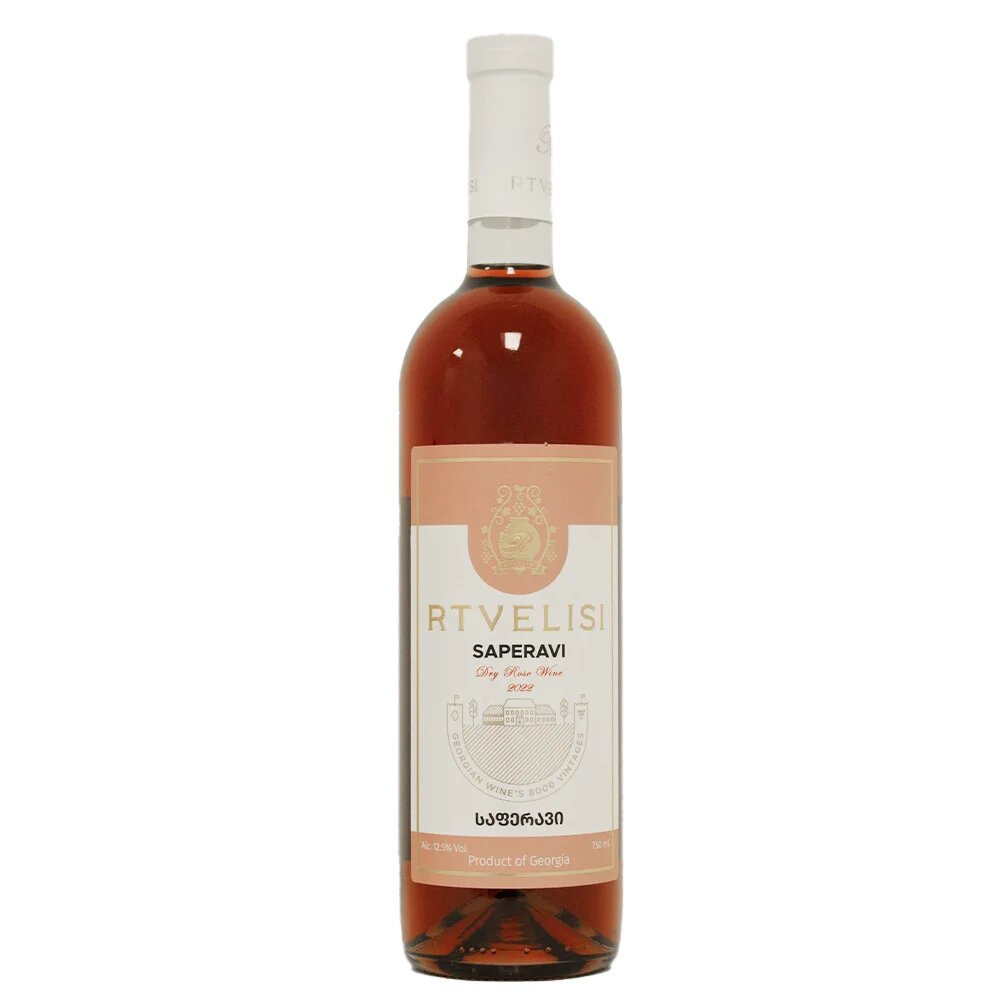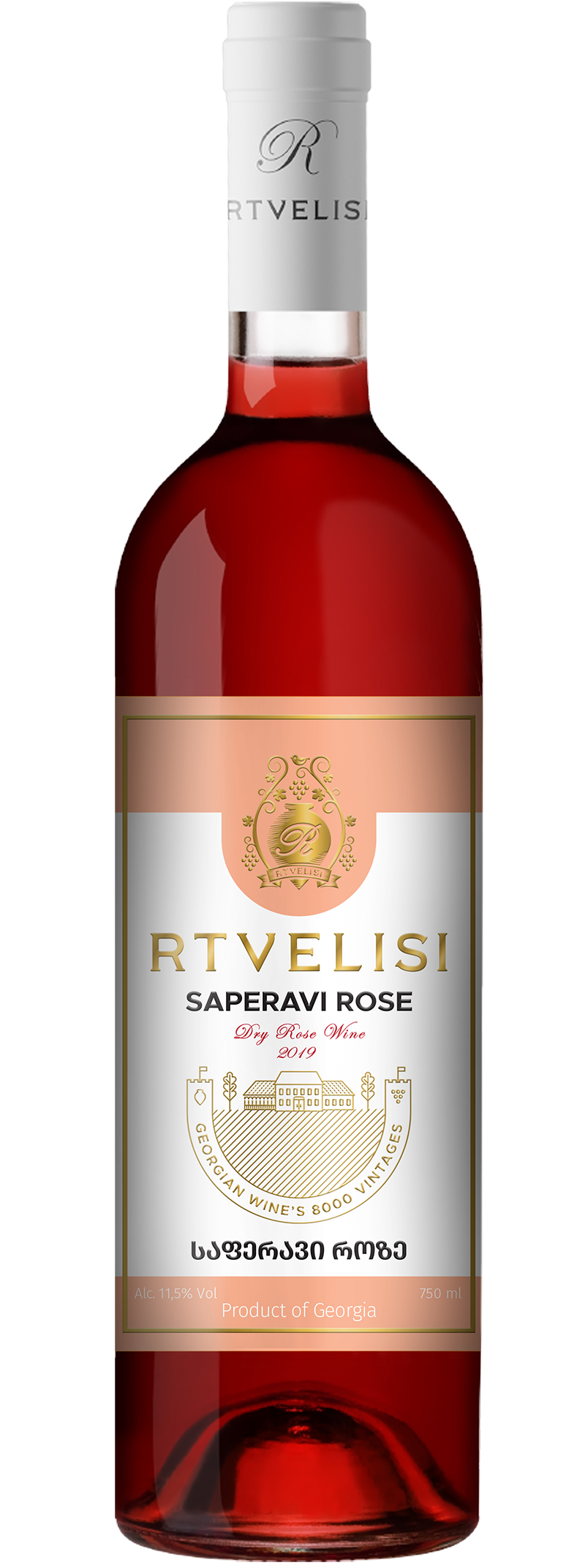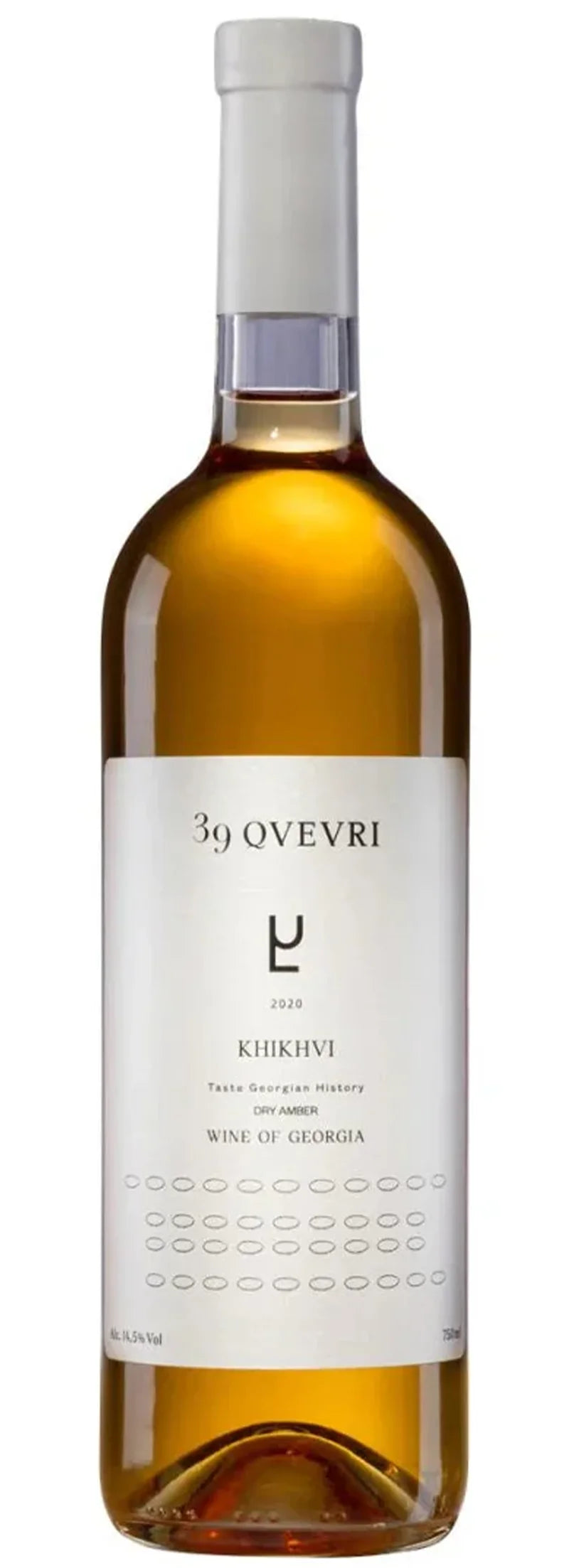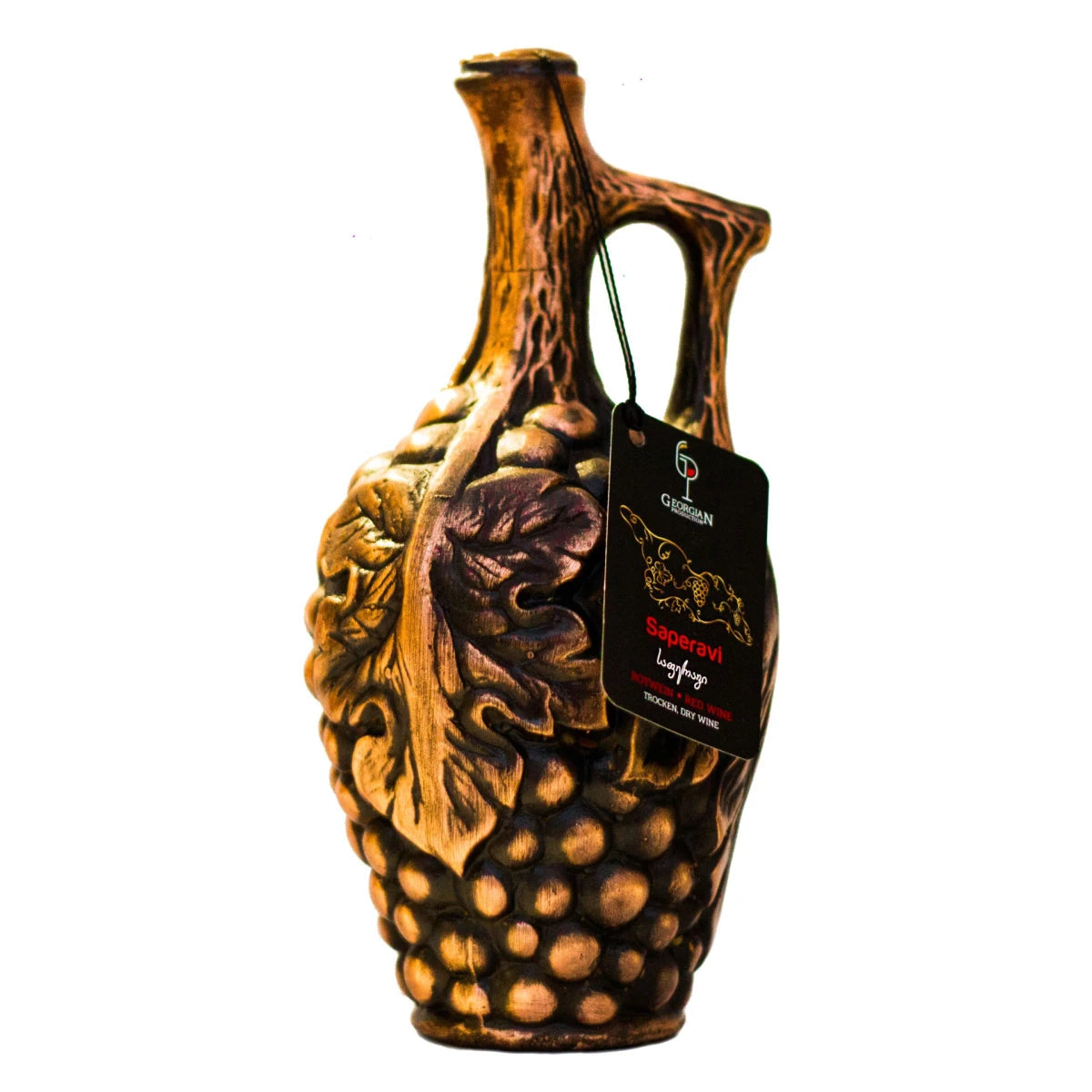
The fascinating history of gin: from medicine to lifestyle drink
Gin - a drink that has long been an indispensable part of bars, parties and social gatherings. But what many people don't know is that gin has a centuries-old history that has transformed it from a healing elixir into a global lifestyle phenomenon. In this article, we take a look at the fascinating development of this cult drink and shed light on how gin has carved out its place in the modern world.
The Origins: Gin as Medicine
The roots of gin go back to the Middle Ages. As early as the 11th century, Dutch and Italian alchemists used juniper berries to make medicinal tinctures. Juniper was considered a medicinal plant with antibacterial properties and was used for digestive problems, infections and even disinfection. These alcohol-based remedies laid the foundation for what we know today as gin .
A breakthrough came in the 16th century with the development of "Genever" in the Netherlands. This juniper distillate was initially sold as a medicinal product. The name "Genever" comes from the Latin word Juniperus (juniper). It was a cheap and effective remedy for stomach problems and was considered a calming tonic.
The Road to England: The "Gin Craze"
In the 17th century, genever found its way to England, where it was soon produced in a modified form. With the accession to the throne of King William III, who came from the Netherlands, gin became popular in England. During this time, the juniper spirit became known simply as "gin" .
However, the popularity of gin also had a dark side: the so-called "Gin Craze" (1690-1750) was characterized by a real wave of addiction in England. Because gin was cheap and easy to produce, it became a drink for the masses. The social and economic hardship of many people meant that gin often served as an escape. Caricatures and reports from this time show the devastating effects of excessive consumption - the term "Mother's Ruin" for gin comes from this era.
The British government finally intervened and introduced strict regulations to curb uncontrolled consumption. With the Gin Act of 1751, controlled production began and the reputation of the drink was slowly able to recover.
Industrialization and the Rise of London Dry Gin
With industrialization in the 19th century, gin production methods were refined. Distillation techniques such as column distillation enabled higher quality production. This led to the creation of the famous London Dry Gin , a clear, dry variant that is still considered the benchmark for high-quality gin today.
London Dry Gin was characterized by its purity and classic juniper flavor, complemented by citrus notes and other botanicals. Brands such as Beefeater and Tanqueray emerged during this time and laid the foundation for the modern gin industry.
Gin in the Prohibition Era: A Global Change
During the Prohibition era (1920–1933) in the United States, gin became one of the most smuggled drinks. The simple production process made it the preferred choice for illegal distilleries. Cocktails such as the Gin Martini , the Tom Collins or the Bee's Knees emerged during this era as they masked the often sharp taste of inferior gin.
In the meantime, gin became increasingly popular around the world. In tropical colonies, the British mixed their gin with tonic water, which contained quinine - a drug against malaria. This gave rise to the gin and tonic , which is still one of the most popular cocktails today.
The Decline and the Rebirth
After World War II, gin gradually lost popularity. Vodka became the dominant drink of the 1960s and 1970s, and gin faded into the background. It was not until the 1990s that a new generation of distillers began to revitalize the market with creative recipes and high-quality products.
A key moment was the introduction of craft gin . Small distilleries experimented with exotic botanicals such as lavender, cucumber, rose petals and even seaweed to give the classic drink a modern twist. These innovations led to a veritable gin renaissance that continues to this day.
Gin today: A lifestyle phenomenon
Today, gin is more than just a drink – it's a symbol of enjoyment and creativity. Bars around the world offer an impressive range of gin cocktails , and gin tasting events are attracting a growing number of enthusiasts. Popular gin brands such as Hendrick's , Monkey 47 and Bombay Sapphire represent quality and ingenuity.
Another trend is preparing gin and tonic with special garnishes. From rosemary sprigs to grapefruit slices to peppercorns – the possibilities are endless and underline the versatility of the drink.
Sustainability and Innovation in Gin Production
The modern gin industry is increasingly focusing on sustainability. Many distilleries use regional botanicals and pay attention to environmentally friendly production methods. Some brands, such as Silent Pool and The Botanist, focus on a close connection to nature and create unique flavor profiles that reflect the origin of their ingredients.
Conclusion: The unstoppable rise of gin
The history of gin shows how a drink has been able to reinvent itself over the centuries. From its humble beginnings as a medicinal remedy to the wild times of the gin craze to the modern lifestyle drink - gin has undergone an evolution that is unparalleled.
Whether as a gin and tonic , in a classic cocktail or enjoyed neat – gin remains a versatile and fascinating drink that will continue to retain its place in the world of spirits in the future.

